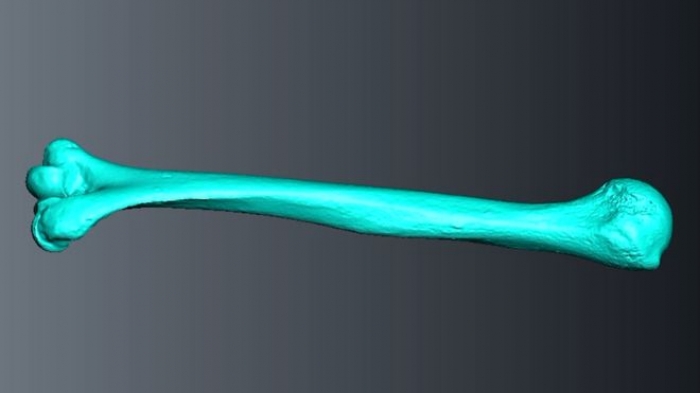The physical demands on prehistoric women may have been underestimated in the past, the study shows.
In fact, women's work was a crucial driver of early farming economies.
"This is the first study to actually compare prehistoric female bones to those of living women," said lead researcher, Dr Alison Macintosh.
"By interpreting women's bones in a female-specific context we can start to see how intensive, variable and laborious their behaviours were, hinting at a hidden history of women's work over thousands of years."
Elite athletes
The researchers used a CT scanner to analyse the arm (humerus) and leg (tibia) bones of modern women: from runners, rowers and footballers to those with more sedentary lifestyles.
The rowers belonged to the Women's Boat Club at Cambridge, and won last year's Boat Race. These elite modern athletes clocked up more than 100 km a week on the river.
The bones strengths of athletes were compared to those of women from early Neolithic agricultural eras through to farming communities of the Middle Ages.
The Neolithic women analysed in the study (living around 7,000 years ago) had similar leg bone strength to living women but their arm bones were 11-16% stronger for their size than the rowers. The arms of Bronze Age women were stronger still.
The scientists think that prehistoric women may have used stones to grind grains such as spelt and wheat into flour, which would have loaded women's arm bones in a similar way to the back-and-forth motion of rowing.
In the days before the invention of the plough, farming would have involved planting, tilling and harvesting all crops by hand, and women likely carried out many of these tasks.
"Women were also likely to have been fetching food and water for domestic livestock, processing milk and meat, and converting hides and wool into textiles,'' said Dr Macintosh.
The study, published in the journal Science Advances, suggests women's labour was key to the rise of agriculture.
Dr Jay Stock, senior author on the study, and head of the ADaPt Project, added: "Our findings suggest that, for thousands of years, the rigorous manual labour of women was a crucial driver of early farming economies.
''The research demonstrates what we can learn about the human past through better understanding of human variation today."
More about: #science
















































